Equipment
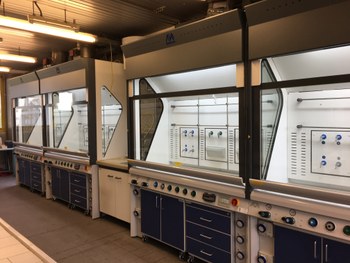
Laboratories for organic and inorganic synthesis
CLAN relies on state-of-the-art laboratories for chemical synthesis under normal and controlled atmosphere.
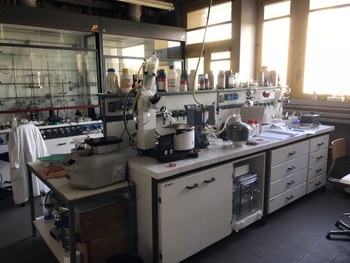
Chemical preparations
Rotary evaporators, vacuum lines, heaters/stirrers, balances, and a complete set of glassware and accessories are available in the laboratories. The equipment includes a dual temperature controller and heater module for high-temperature syntheses.
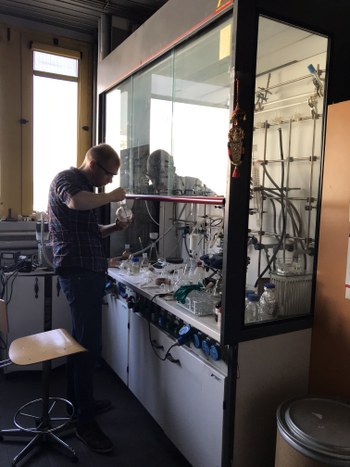
Fume hoods
Several efficient and fully equipped fume hoods are available, which provide convenient and safe space for any laboratory operation.
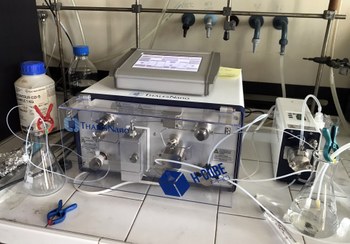
Preparative processes in flow microreactor
The synthetic capacity of CLAN takes advantage of a ThalesNano H-Cube Pro flow microreactor. The instrument can perform hydrogenation reactions with in situ electrolytically generated hydrogen. The ample choice of dedicated catalyst interchangeable cartridges gives access to a wide range of organic reactions that can be performed under flow conditions in a completely automated manner.
Photochemical reactions
Several irradiation sources - LED, Xe, Hg - and filter combinations are available for the controlled illumination of solutions, powders, thin films and solids at wavelengths comprised between 300 and 800 nm. Appropriate chemical actinometers are employed for photon counting. Photoreactions are typically monitored by means of a UV-Vis-NIR diode array spectrophotometer. Alternatively, photoirradiation can be carried out in situ in the probe of the NMR spectrometer by means of a modified optical fiber optically coupled with the irradiation source.
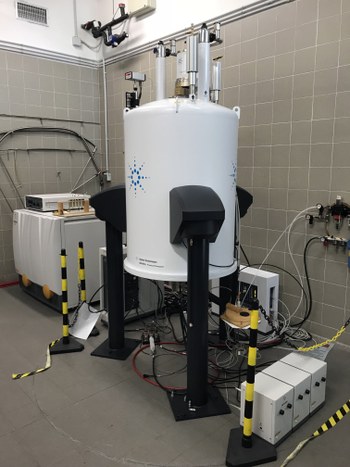
NMR Spectroscopy
The Agilent DD2 500 MHz NMR spectrometer is a key component of the CLAN facilities. This instrument is equipped with probes for liquid samples (1D and 2D experiments) as well as for semisolid and solid (CP-MAS) samples. A Varian multinuclear 400 MHz spectrometer is also available.
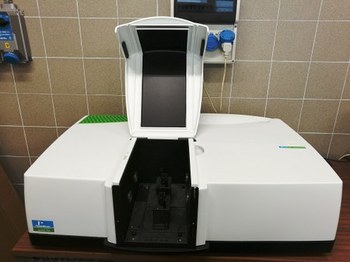
UV-Visible-NIR Absorption spectroscopy
The lab is equipped with a Perkin-Elmer ultra-high performance UV/Vis/NIR spectrophotometer for wavelengths comprised between 175 and 3300 nm. Owing to its enhanced sensitivity and stray light reduction, the instrument can reliably measure absorbances of up to 8 units in the UV-visible range, and up to 6 units in the near infrared.
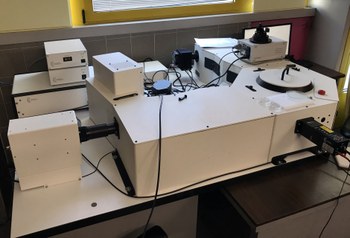
Steady state and time resolved luminescence spectroscopy
CLAN boasts a state-of-the-art Edinburgh Instruments FLS980 UV-visible-NIR spectrofluorimeter for steady state and time resolved fluorescent and phosphorescence measurements in time domains ranging from 100 ps to 10 s. The instrument is equipped with a variety of sources (continuous and pulsed Xe lamps, pulsed hydrogen lamp, pulsed diode lasers and LEDs), double excitation/emission monochromators, linear polarisers, temperature controlled sample holder, high sensitivity cooled PMT detector. Measurements can be performed on solution, solid state, thin film and frozen matrix samples.
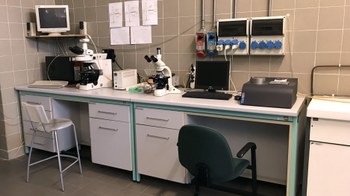
Optical microscopy
The CLAN optical microscopy facility relies on several instruments for a variety of imaging experiments. The top instrument is a Leica DMi8 inverted microscope, fully computer controlled, equipped with powerful LED illumination and a high sensitivity Andor EMCCD camera.
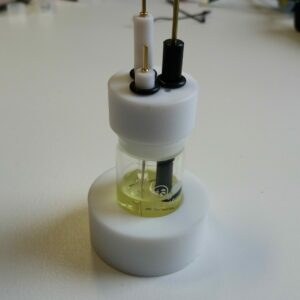
Electrochemistry
The main electrochemical techniques (voltammetry, amperometry, coulometry) are available at CLAN, thanks to a portable PalmSens multipurpose instrument and a range of conventional and ultramicro electrodes integrated within semi-micro cells. An Autolab30 electrochemical workstation equipped with an impedance spectroscopy module is available in the CLAN laboratories at the Department of Chemistry "G. Ciamician". Electrochemical experiments are also possibile by using a dedicated optically transparent thin layer electrode (OTTLE) cell.
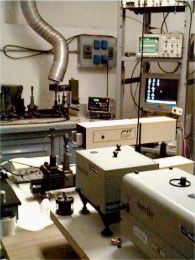
Other equipment
In the facilities of the concurrent UNIBO Departments and of the ISOF-CNR institutes, the CLAN personnel has direct access to: GC, HPLC, HRMS, dry box, UV-vis-NIR spectrophotometers/fluorimeters, IR/Raman spectrometers, spectropolarimeter, DLS, laser flash photolysis. The following techniques are also available in the same institutes through collaborations: XRD, XPS, AFM, STM, SECM, EPR, ITC and state-of-the-art computational resources.